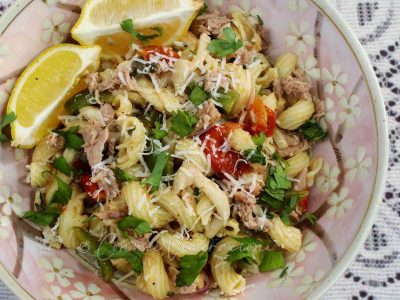A new generation of Southeast Asian cooks and foodies has gone crazy with salted eggs. About time, I think. Long before salted eggs became a food fad, I had been experimenting by including them in savory dishes. But there are food purveyors today who have successfully integrated salted eggs in sweets and desserts.
Amazing, isn’t it, how the lowly salted egg, once relegated among the common and unexciting, has become a prized ingredient for over-prized dishes. But what are salted eggs, exactly?

Making salted eggs came from the Chinese and they’ve been making them since the sixth century. The process involves soaking boiled or steamed eggs in brine for 20 to 30 days (sometimes longer). After brining, the salt has sufficiently seeped through the egg shells. The egg white is salty and not as chewy as regular boiled eggs. But it is the yolk that takes center stage. The color deepens, there is a complex flavor and, if the brining is correct, rather fatty. Umami to the max.

If you’re familiar with the history of how Chinese settlers brought their cuisines all over Asia, you’ll understand how salted duck eggs were adapted into Singaporean, Malaysian, Vietnamese, Burmese, Thai, Indonesian and Filipino cuisines although brining methods differ.
In the Philippines, making and eating salted eggs predates the arrival of the Spaniards. Traditionally, mallard duck eggs, the same kind used for making balut and penoy, are used for making salted eggs. I don’t know if that still holds true today or whether large chicken eggs are substituted for the duck eggs which are considerably more rare and expensive than chicken eggs.

Salted eggs are sold cooked — hard-boiled to be more precise. The red color of the shells isn’t natural, of course. The shells are dyed to distinguish them from fresh eggs. In wet markets, salted eggs are sold side by side with fresh eggs and imagine if the vendor gets a little confused and gives you salted eggs when, in fact, you intended to buy fresh ones.
In Pateros, however, where making salted eggs along with balut and penoy is a town industry, you can buy them before the shells are dyed. My father liked to do that but it got confusing in the kitchen. One time when he was cooking breakfast, he picked up an egg from the fridge thinking it was one of the fresh ones, cracked it open above the frying fan and was surprised when nothing dripped. Well, nothing would — he had taken a salted egg instead of a fresh one.
Salted eggs are often cut into small cubes and mixed with diced tomatoes to make a salad that is the traditional accompaniment for tinapa (smoked fish) or any fried or grilled fish. You don’t have to limit the salad to salted eggs and tomatoes, however. You can be a little more creative by adding fresh herbs and some subtle seasonings.
Obviously, salted eggs are an important part of the Filipino diet. And it is because of that importance that salted eggs are sold everywhere — from neighborhood sari-sari (variety) stores to the poshest groceries and supermarkets. In short, because salted eggs are ubiquitous, there was never any reason for me to learn how to make them.

If you’re a Filipino living abroad and salted eggs are not easily obtainable in your area, making them at home seems to be easy enough. But if you’re after the oily yolk which can be pounded into a paste to cook various dishes, you’ll be relieved to know that salted duck egg yolk paste is available in jars. Convenient, delicious and you won’t have to think about what to do with the egg whites.
In the archive, recipes for dishes with salted duck eggs / salted duck egg yolk paste.










